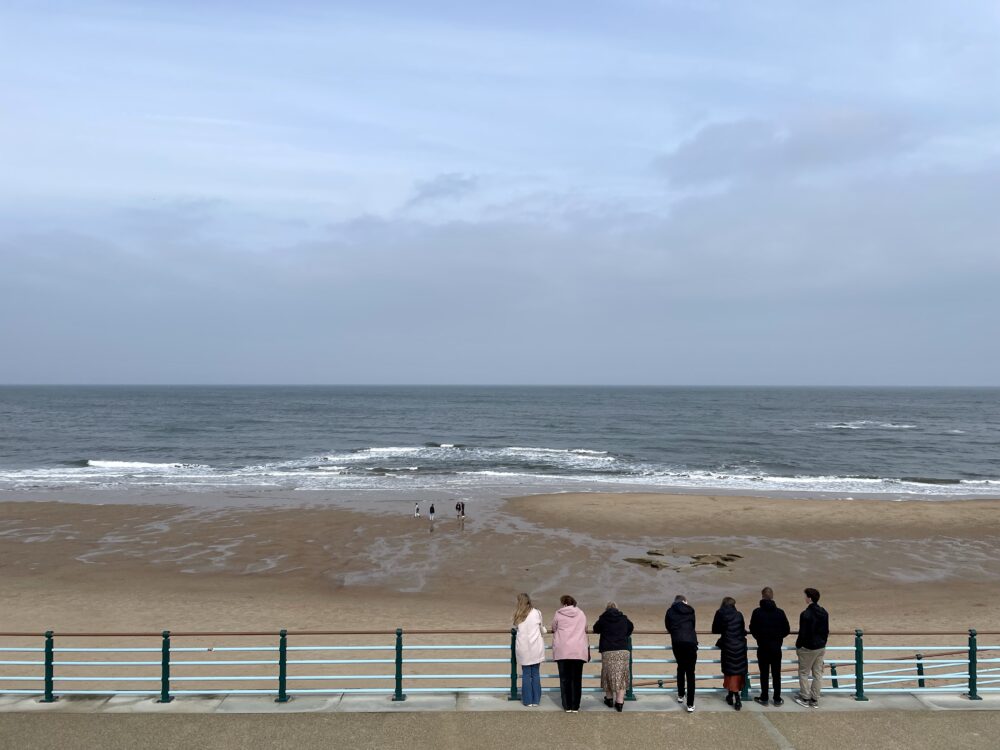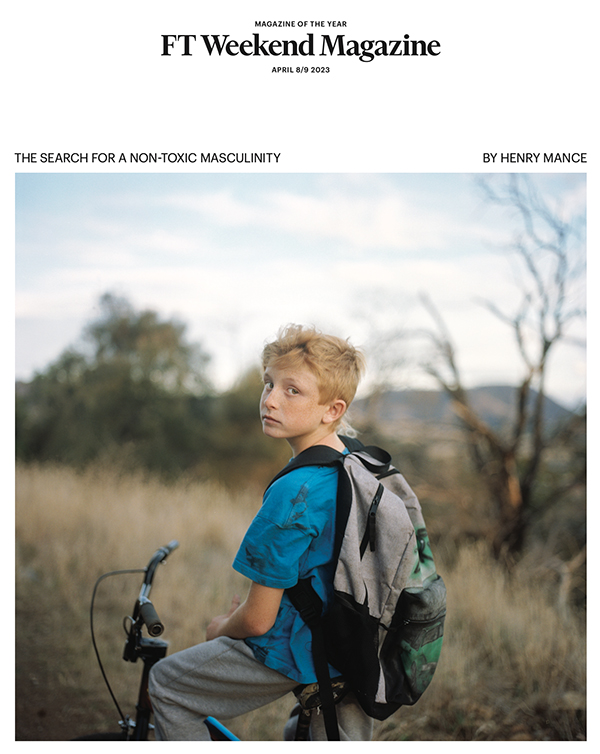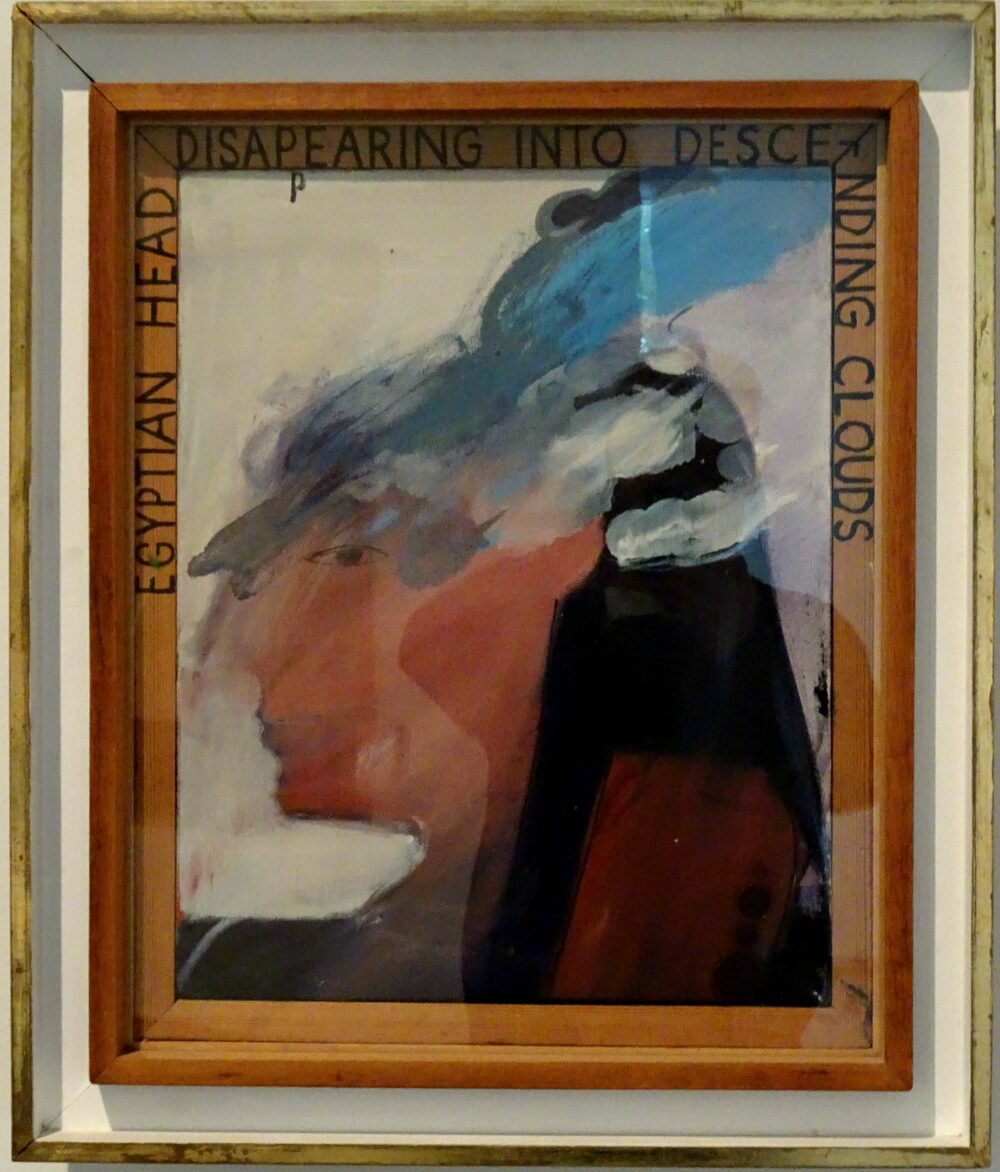One of the reasons I, like many others, enjoy reading the FT Weekend is that it seems impossible not to learn something from every edition. Often, the lessons are unexpected.
Today’s edition has a magazine cover-feature by Henry Mance called The search for a non-toxic masculinity
Much of the article focuses on YouTube and its influence on young boys. YouTube is a site that I only occasionally use. I’m not up-to-date with YouTube culture, and the article’s opening question—‘Do you know who KSI is?’—won a resounding ‘no’ from me.
But quite apart from the obvious, there were three things in this article that have given me new and unexpected perspectives—and ones that I never thought this week’s FT Weekend would provide when I started reading.
YouTubers are mainly blokes hanging out with blokes. One reason is that many began in gaming, which is predominantly male. “I’ve never seen a group of girls have a YouTube show,” a 12-year-old called Rose told me. Her friend Flo added: “It’s what’s normal now. It’s so weird.”
I had no idea that YouTube was predominantly male: in fact, I’d have predicted the opposite. I haven’t previously given it much thought, but I probably conflate social media platforms, which is probably a side effect of not using any of them with any frequency.
When I think of a ‘social media video’, the heuristic which comes to mind is make-up tutorials, dance videos and self-filmed videos of women on holidays. That’s probably partly because it’s this sort of video which is referenced most often in discussions of social media. But I suppose social media refers to a diverse range of platforms, and it’s foolish of me to conflate Instagram with TikTok with YouTube. Each probably serves different needs with different audiences and different popular material.
Of course, I’m culturally aware of Andrew Tate and MrBeast and Marcus Brownlee and Tom Scott and PewDiePie as hugely successful YouTube creators. Yet somehow that’s never filtered through to influence my view of what YouTube is, and what is popular on the platform.
Mance’s article has challenged me to think again.
In Britain, children aged between 12 and 15 say that they spend more time on social media than with their friends. One boy told me of Tate: “I feel like some of his stuff is really helpful. Some of the stuff he says is bad. It’s a separate part, that’s how I see it.” But the algorithm won’t make that distinction: it will keep serving up Tate videos, and maybe you will start agreeing with them. The influencers know that provocation boosts numbers. The algorithm pushes boys to similar, and often more extreme, content.
I’ve previously listened to an entire podcast series about the YouTube recommendation algorithm, but it was this paragraph in Mance’s article that somehow made me think differently about it.
For some utterly ill-informed reason, when I think of YouTube, I think of Google, and then think of PageRank. PageRank was the secret sauce of the original Google search engine, based on the insight that the more pages that link to a given page online, the more likely it is to be the page that someone is searching for. One of the clever things about that insight is that if you search for a subject on which opinion is split, the results are likely to be equally split: it essentially has an (obviously imperfect) inbuilt anti-bias feature—or, perhaps, a pro-populism feature.
The YouTube recommendation algorithm is engineered to do exactly the opposite: it aims to serve up videos of similar appeal to the one the user is watching. This naturally tends towards reinforcing any given set of opinions, and actively hiding the opposing view. This was the whole point of the Rabbit Hole podcast—but somehow, it’s Mance’s writing that has helped me to mentally re-categorise recommendation algorithms as something thoroughly different from search engines. I now see much more clearly why they are problematic.
I grew up before the internet was a thing. My influencers came on printed pages. Loaded magazine launched in the UK in 1994, when I was 11, with the strapline “For men who should know better”. FHM (For Him Magazine) relaunched that same year, announcing: “It’s a guy thing”.
To my generation, these magazines came as close as anything to suggesting what it meant to be a man. Loaded “captured the reality of what men were like when we were together”, its first editor James Brown tells me. Its ethos was summed up by the comedian Frank Skinner, who told the sixth issue: “I’ve never gone along with all this new man bollocks . . . I think you can talk openly about how much you like a woman’s tits without being sexist.”
Perhaps the lads’ mags ethos hadn’t faded; it had just moved online, fragmented and mutated. A secondary school teacher I spoke to drew the distinction: we grew up with casual sexism; what exists now is pseudo-intellectualised sexism. Tate doesn’t make lazy jokes about women drivers or overweight women; he preaches about the innate superiority of men and the virtues of physical fitness. And he may not be a blip.
I was nine in 1994: whether it’s because I’m slightly younger than Mance, or whether it’s just because we had different childhoods, I don’t remember these magazines having any real influence on me or my friends. Of course, we were aware of them, but I don’t think we really paid them any attention.
And perhaps that explains why I would never have thought about the continuity between magazines like that and YouTube content—nor the insidious differences between the two.
- The online version has a different heading: ‘What does it mean to be a boy online in 2023?’ ↩
- KSI has still passed me by, but now I know the pseudonym stands for ‘Knowledge, Strength, Integrity’ ↩











